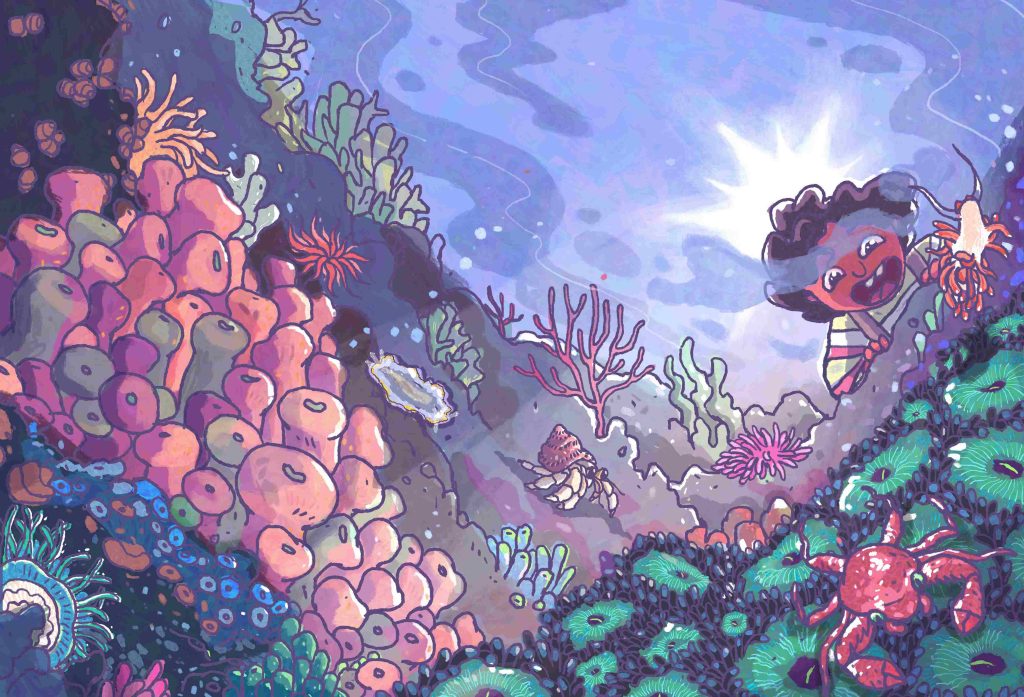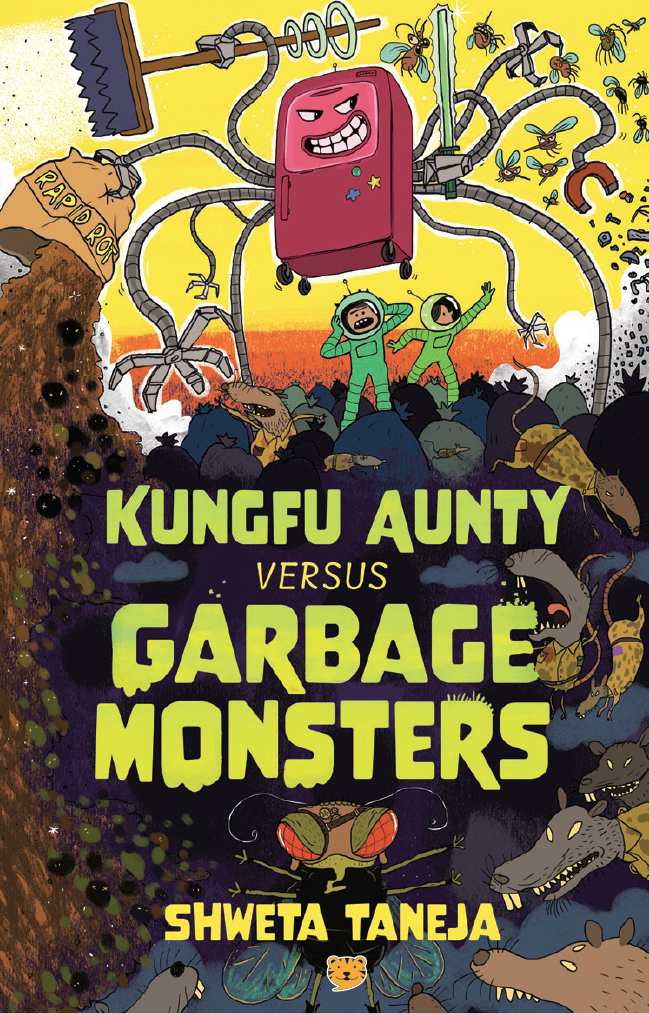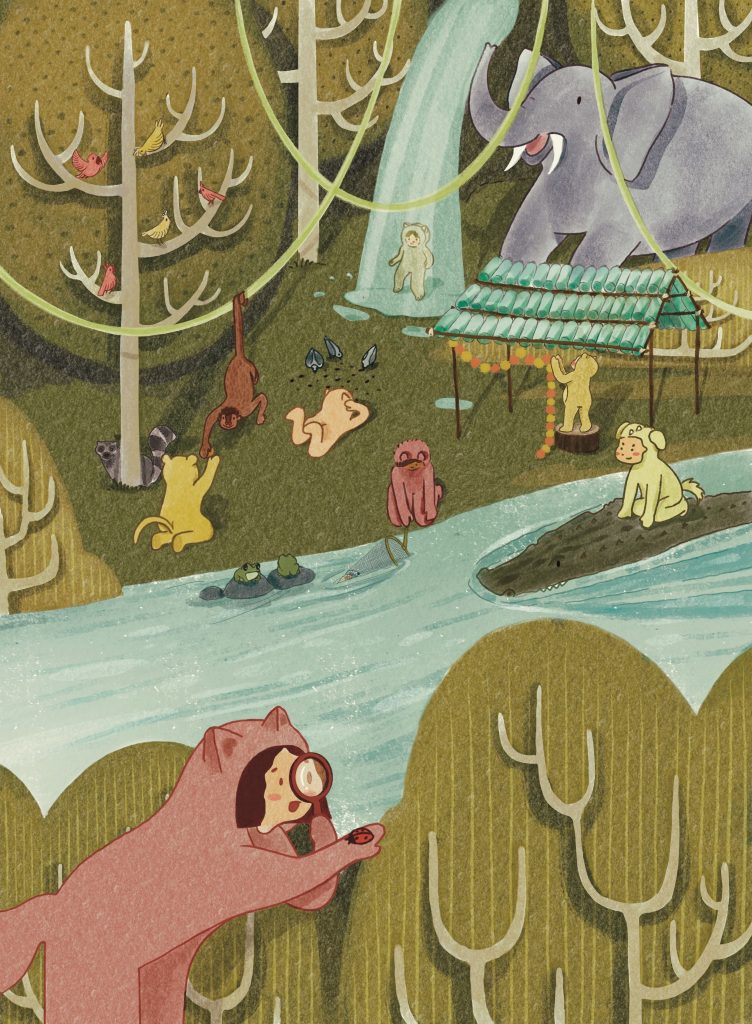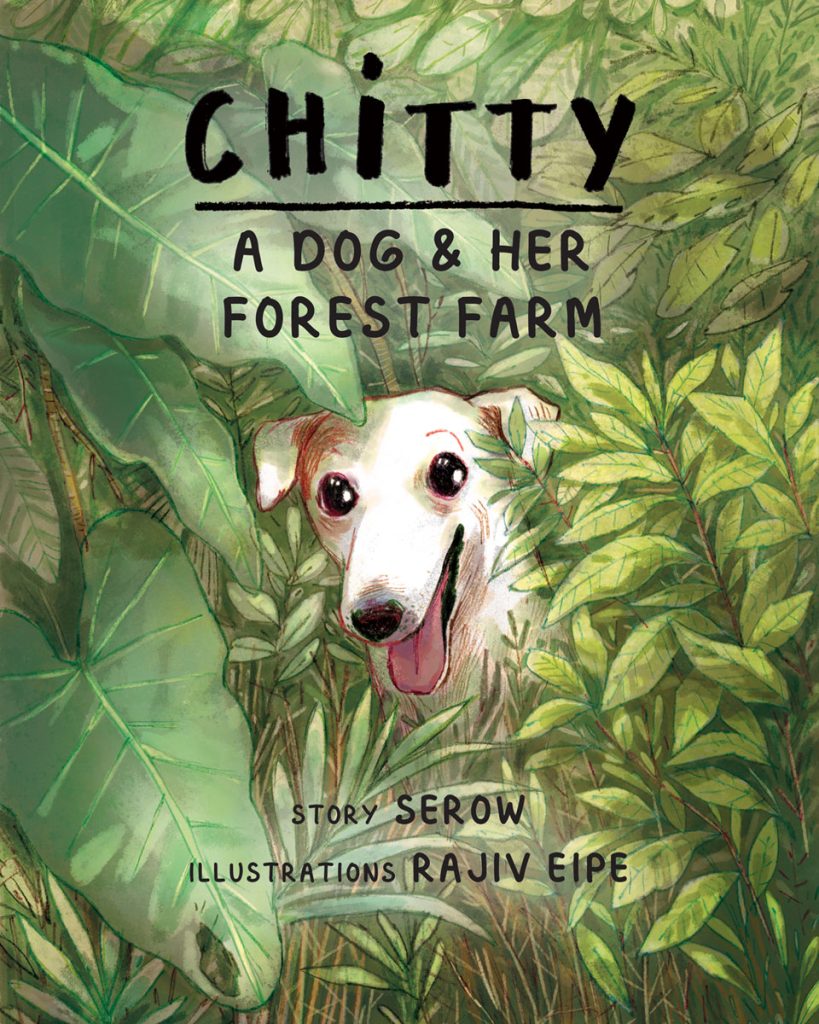Burmese python (Python bivittatus)
The Burmese python is one of the largest snakes in the world. In the US many pet shops sell baby Burmese pythons. But these snakes grow fast, and aren’t such cute pets after some time. People release pet snakes into the wild once they grow big and become difficult to look after at home. These snakes have become a huge problem in places like the Florida Everglades, where they have eaten up most of the wildlife. They have even been known to eat alligators!
Mesquite (Prosopis juliflora)
This is a medium-sized thorny tree with yellow flowers and pods that goats, buffaloes, and camels feed on (they also help to spread it!). It was introduced to India in the 1850s because it grew fast and could rapidly provide lots of fuelwood. Now it is an invasive plant all across the hot, dry parts of the country, and has taken over grasslands and farms. Because it spreads so fast, it is called the ‘mad babool’ in some places! But people have also figured out a use for it—in many places, people make charcoal from its wood.
Giant African snail (Achatina fulica)
The first know pair of African giant snails were brought to Kolkata by a British malacologist in the 1800s from Mauritius. (A malacologist is a scientist who studies animals like snails and oysters and even octopuses!) He presented this pair of snails to a friend to keep in his garden. Very soon, the snails had multiplied and were all over Kolkata! These large and unusual snails got carried as pets to other parts of the country and are now found in huge numbers, in places like Kerala and Assam. They are hungry creatures and chomp through crops like potatoes, spinach, bananas, and tomatoes, doing a lot of damage.
The brown tree snake (Boiga irregularis)
This snake is native to Australia and Papua New Guinea and was accidentally transported to Guam as a stowaway on ships sometime in the late 1940s or early 1950s. In Guam, there are no animals that eat the brown tree snake, but the snake has found lots of things that it can eat, like birds, rodents, and reptiles. So much so that some birds have even gone extinct on Guam, thanks to this invasive snake!
Mile-a-minute weed (Mikania micrantha)
This climber, from the American tropics, is called a “mile-a-minute” weed for good reason. It grows extremely fast, and can quickly blanket entire trees. In fact, the story goes that it was introduced to India during the 2nd World War, to camouflage airfields! It clambers all over trees in plantations and forests, very quickly smothering what is underneath.
Congress grass (Parthenium hysterophorus)
This is a small herb with tiny white flowers. It arrived in India by accident, people think, because its seeds got mixed up with wheat that was being imported for food! It is a very common plant along roadsides and in open areas. Some people are quite allergic to it.
What can you do to reduce the spread of invasive plants and animals?
- If you are arriving from abroad, don’t bring plants and animals back with you!
- Don’t buy exotic pets. And certainly don’t release exotic pets into the wild. Even tiny
goldfish can become big and invasive. - If you are planting a garden, try to use native plants. Even if you do not intend to attract
pollinators and dispersers, be aware that colourful flowers will get pollinated and sweet
fruit will get eaten! So help prevent accidental garden escapes via bird- and bat-mobiles. - Join the SPAIS programme and report the occurrence of invasive plants and animals
(https://indiabiodiversity.org/group/spotting_alien_invasive_species). - Don’t remove creatures from where they belong and put them in places where they don’t.





